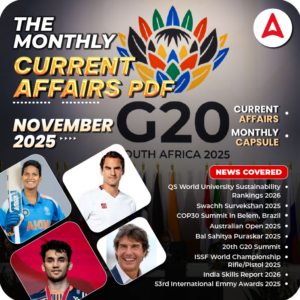In a significant diplomatic development, Russia and Ukraine engaged in their first direct talks in over three years on May 16, 2025, in Istanbul. The high-stakes meeting, mediated by Turkey, led to a mutual agreement for a large-scale prisoner swap, even as a broader ceasefire remained elusive. While the talks showed a rare opening for further dialogue, deep divisions over territorial control and political demands continue to block any immediate path to peace.
Why in News?
The Istanbul meeting marked the first formal direct contact between Russia and Ukraine since the war erupted in 2022. The talks, though limited in progress, resulted in an agreement to exchange 1,000 prisoners each and established a tentative framework for future discussions on a ceasefire. The development is being closely monitored internationally due to its potential impact on regional stability, energy prices, and global geopolitics.
Key Outcomes of the Talks
- Prisoner Swap Agreed: Russia and Ukraine will each release 1,000 prisoners of war.
- Ceasefire Talks Initiated: Both sides agreed to present their vision of a possible future ceasefire in writing.
- Presidential Meeting Discussed: Ukraine requested a direct meeting between Presidents Putin and Zelenskyy; Russia acknowledged the request.
- Commitment to Continue Dialogue: Delegations agreed in principle to meet again for further negotiations.
Challenges and Roadblocks
- No Ceasefire Agreement: Russia declined Ukraine’s call for an unconditional ceasefire.
- Hardline Demands from Russia: Moscow demanded territorial concessions, including withdrawal from Donetsk, Lugansk, Kherson, and Zaporizhzhia.
- Ukrainian Resistance: Kyiv called the demands “unacceptable” and accused Moscow of making the talks unproductive by proposing non-starters.
- Leadership Absence: Putin did not attend; Ukraine interpreted this as a lack of seriousness.
International Involvement
- Mediation by Turkey: Turkish FM Hakan Fidan hosted the talks at Istanbul’s Dolmabahce Palace.
- Pressure from the West: The U.S., UK, France, and Germany encouraged dialogue. U.S. Secretary of State Marco Rubio also participated in pre-talk consultations.
- Call for Putin-Trump Meeting: Hints emerged about a future summit between Putin and U.S. President Donald Trump to address the conflict.
Background and Static Facts
- War Timeline: The conflict began in 2022 after Russia’s large-scale invasion of Ukraine.
- Annexed Territories: Russia claims Crimea (2014), and Donetsk, Lugansk, Kherson, and Zaporizhzhia (since 2022).
- Recent Escalations: Russia threatened to extend operations to Sumy and Kharkiv regions, escalating tensions.
Significance
- Marks the first thaw in formal communications after prolonged hostilities.
- Shows international pressure yielding limited diplomatic movement.
- Raises global attention on future negotiations, sanctions, and energy impacts.
- Serves as a test case for future conflict-resolution models under international observation.
| Summary/Static | Details |
| Why in the news? | Russia and Ukraine Hold First Direct Talks in 3 Years, Agree on Prisoner Swap |
| Event | Russia-Ukraine Peace Talks |
| Date | May 16, 2025 |
| Venue | Dolmabahce Palace, Istanbul, Turkey |
| Mediator | Turkish Foreign Minister Hakan Fidan |
| Major Outcome | Agreement on 1,000 prisoner swap |
| Ceasefire Status | No truce reached; future discussions planned |
| Presidential Meeting | Ukraine requested; Russia took note |
| Key Obstacle | Russia’s territorial demands and Kyiv’s resistance |
| Global Involvement | US, UK, Germany, France; interest in future Putin-Trump talks |
| Territorial Disputes | Territorial Disputes Crimea, Donetsk, Lugansk, Kherson, Zaporizhzhia, Sumy, Kharkiv |

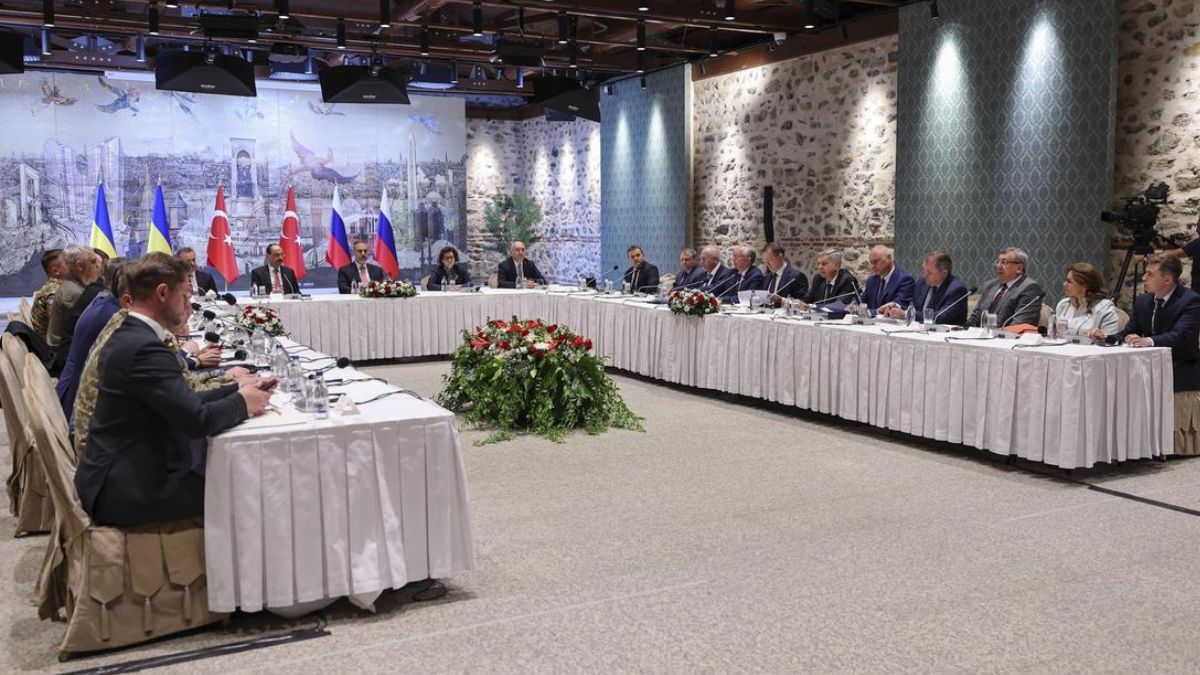
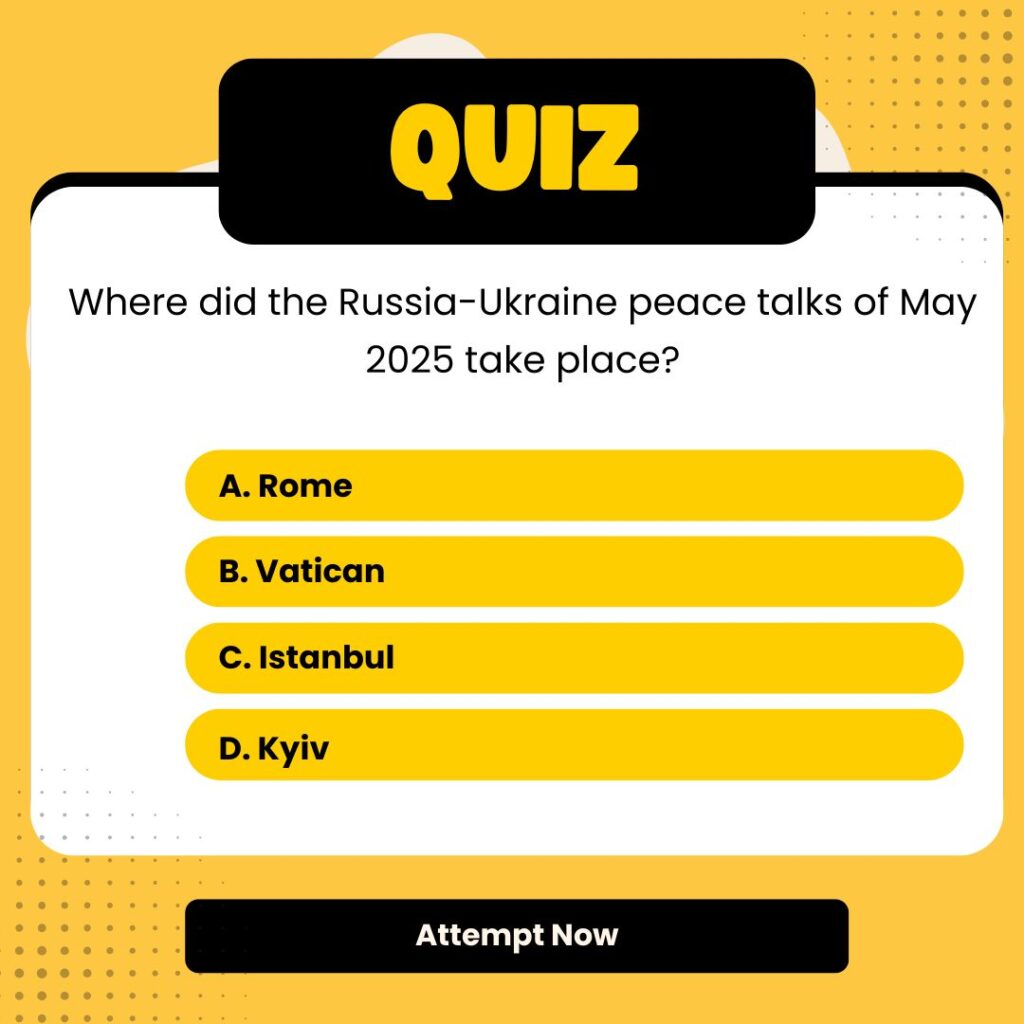
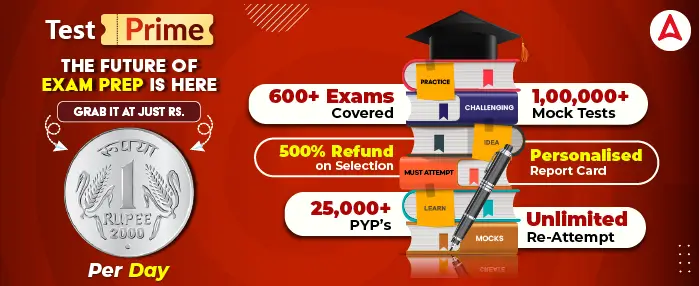
 India and Saudi Arabia Sign Visa Waiver ...
India and Saudi Arabia Sign Visa Waiver ...
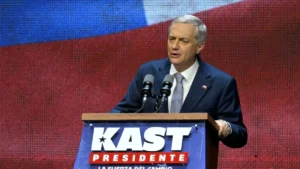 Right-Wing Leader José Antonio Kast Beco...
Right-Wing Leader José Antonio Kast Beco...
 Three MoUs Signed as PM Modi Visits Addi...
Three MoUs Signed as PM Modi Visits Addi...
